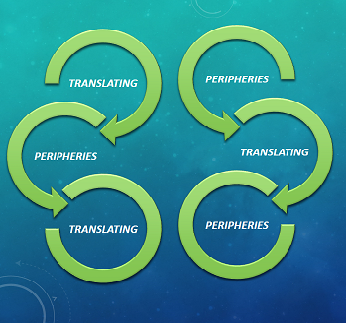Translating Prešeren's ‘Wreath of Sonnets’: Formal Aspects
DOI:
https://doi.org/10.21992/T9FW55Keywords:
Translation, PeripheriesAbstract
This article describes and evaluates a co-authored translation of France Prešeren’s “Sonetni venec [A Wreath of Sonnets]” (1834), which has been translated once before into English, namely by Vivian de Sola Pinto in 1954. Having sketched the background to the undertaking, the author describes the structure of “Wreaths of Sonnets” in general and mentions some examples from English literature. He then places “Sonetni venec” in Prešeren’s oeuvre. Next, he exemplifies two other translations of “Wreaths” into English (one from Danish, the second from Czech). Most of the article is devoted to the strategy employed in this latest undertaking, a very complex and challenging one. Three particular problems had to be solved, given that the aim was to produce a translation that, formally, would be as close near feasible to the original. The first involved metre: Prešeren’s original was in iambic pentameters with feminine rhymes in line-finals; the translators chose to reject feminine rhymes, and their reasons are provided. Second, which particular frequently-recurrent rhymes would be chosen, given that one had to occur 24 times and another 18 times? This choice, also, is described. Third, Prešeren’s original has an acrostic in the Master Theme: we decided to attempt one in our version. The whole evaluation, which is some details compares this translation with the one by Pinto, is limited to an extremely formal framework.Downloads
Downloads
Published
Issue
Section
License
Authors who publish with this journal agree to the following terms: a.Authors retain copyright and grant the journal right of first publication with the work simultaneously licensed under a Creative Commons Attribution License that allows others to share the work with an acknowledgement of the work's authorship and initial publication in this journal. b.Authors are able to enter into separate, additional contractual arrangements for the non-exclusive distribution of the journal's published version of the work (e.g., post it to an institutional repository or publish it in a book), with an acknowledgement of its initial publication in this journal. c.Authors are permitted and encouraged to post their work online (e.g., in institutional repositories or on their website) prior to and during the submission process, as it can lead to productive exchanges, as well as earlier and greater citation of published work (See The Effect of Open Access).



